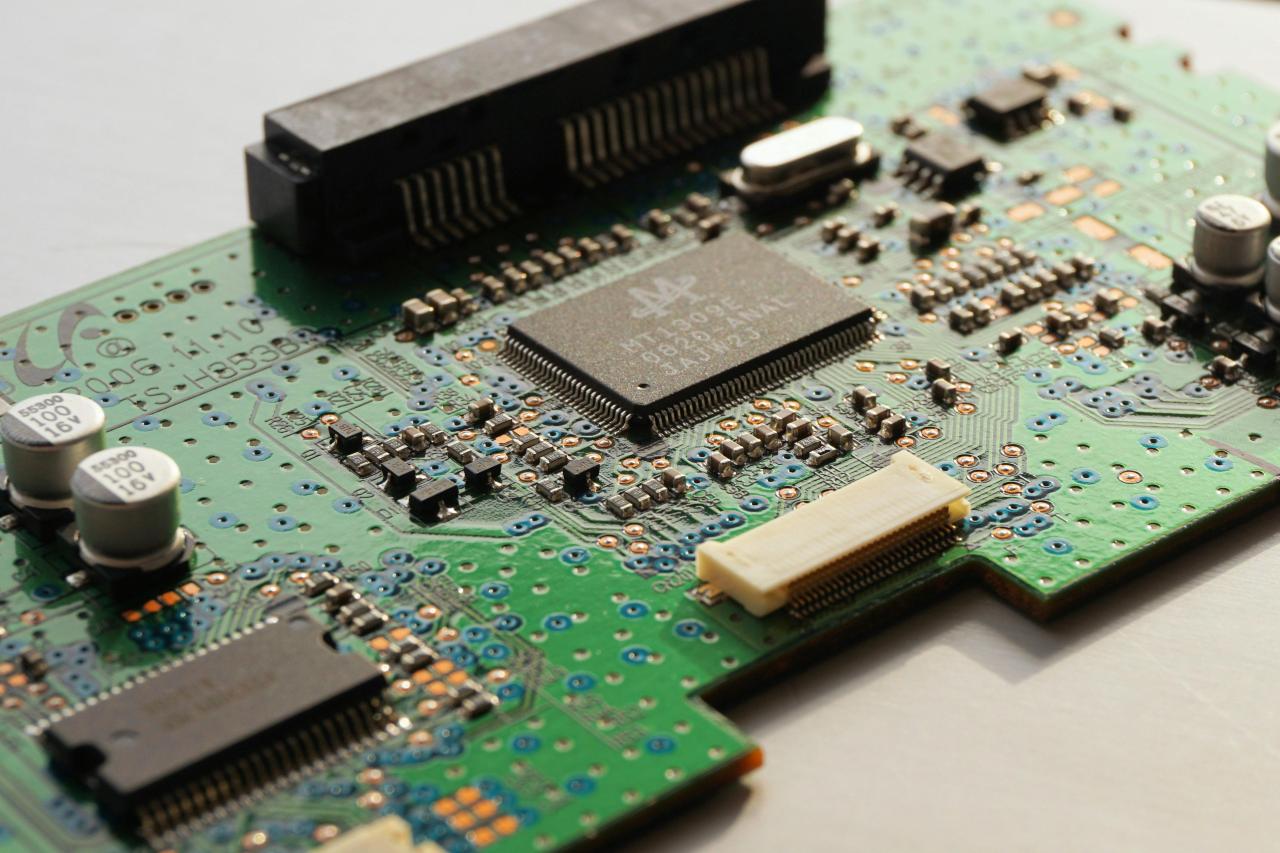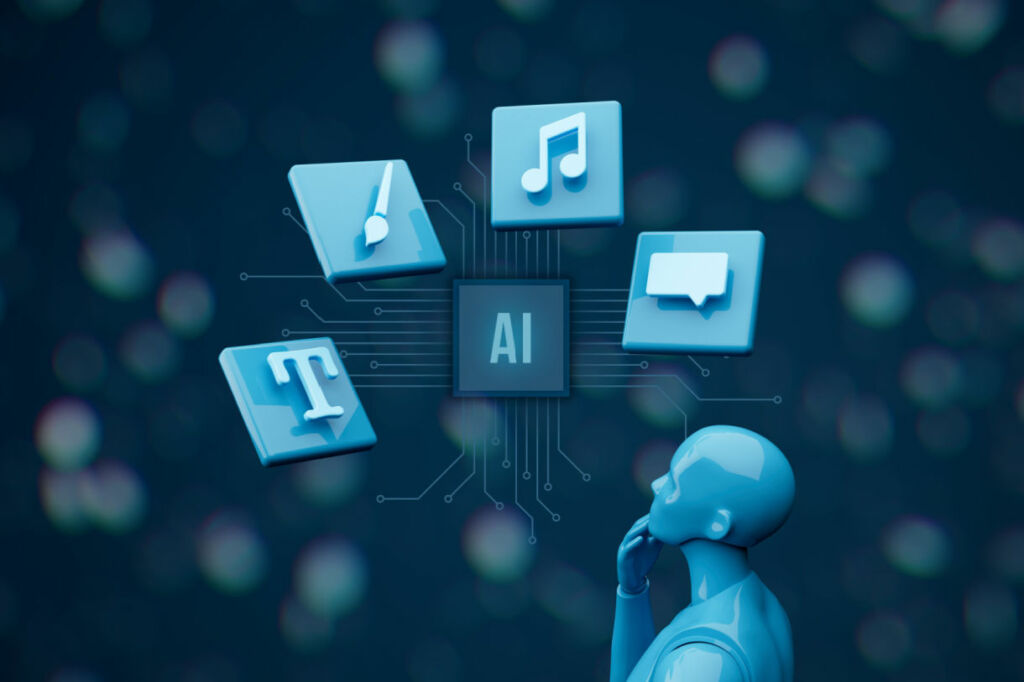In an era defined by data, the paramount importance of safeguarding sensitive information cannot be overstated. From personal identifiable information (PII) to intellectual property, financial records, and critical governmental intelligence, the sheer volume and value of data necessitate robust protective measures. Traditional security paradigms, while foundational, often fall short in the face of increasingly sophisticated cyber threats. Breaches can lead to catastrophic financial losses, reputational damage, legal ramifications, and a severe erosion of trust. As organizations and individuals navigate the complexities of the digital landscape, the concept of secure enclaves emerges as a pivotal advancement, offering a new frontier in the battle for data confidentiality and integrity.
The digital attack surface continues to expand, fueled by the proliferation of interconnected devices, the adoption of cloud computing, and the rise of remote workforces. This expansive attack surface provides malicious actors with more entry points and opportunities to compromise systems. While encryption at rest and in transit offers significant protection, data must often be decrypted for processing. This period of decryption, known as “data in use,” presents a critical vulnerability. It is during this vulnerable state that sensitive information is most susceptible to unauthorized access, side-channel attacks, or malicious insider threats. Secure enclaves directly address this fundamental challenge, providing a hardware-rooted solution to protect data even while it is actively being processed.
Architecture of Secure Enclaves
A secure enclave can be conceptualized as a highly isolated, trusted execution environment (TEE) within a processor. It is a designated area within the central processing unit (CPU) or a dedicated security coprocessor that offers a hardened environment for executing code and processing data. The key characteristic of a secure enclave is its cryptographic isolation from the rest of the system, including the operating system (OS), hypervisor, and even privileged software like kernel-level drivers. This means that even if the main OS is compromised, the data and code within the enclave remain protected.
The fundamental principles underpinning secure enclave technology revolve around:
A. Hardware-Based Isolation: Unlike software-only solutions, secure enclaves leverage dedicated hardware features to create a physically and logically isolated execution environment. This hardware root of trust is crucial, as it makes the enclave resistant to attacks that target software vulnerabilities in the broader system. The CPU itself is designed with specific instructions and memory regions that are inaccessible from outside the enclave.
B. Memory Protection: Each enclave is assigned its own dedicated, encrypted memory region. This memory is inaccessible to any external process, including the operating system or hypervisor. Data loaded into the enclave’s memory remains encrypted and is only decrypted within the secure confines of the enclave itself, protecting it from snooping or unauthorized access.
C. Attestation: A critical feature of secure enclaves is remote attestation. This mechanism allows a remote party to cryptographically verify the authenticity and integrity of the enclave’s code and data before transmitting any sensitive information. Attestation ensures that the correct, untampered code is running inside a legitimate enclave, providing confidence that the environment is trustworthy. This is vital for scenarios where data is being sent from one secure party to another.
D. Confidentiality and Integrity: The primary goals of a secure enclave are to ensure the confidentiality of data processed within it and the integrity of the code executing. Confidentiality means that unauthorized entities cannot access or read the data, while integrity ensures that the data and code have not been tampered with or corrupted.
E. Cryptographic Operations: Secure enclaves often incorporate dedicated cryptographic engines. These engines accelerate encryption, decryption, hashing, and digital signature operations within the enclave, further enhancing security and performance. Keys generated and stored within the enclave never leave its secure boundaries, providing a robust key management solution.
The Technological Underpinnings: How Enclaves Work
The implementation of secure enclaves varies across different architectures, but the core principles remain consistent. Prominent examples include Intel SGX (Software Guard Extensions), AMD SEV (Secure Encrypted Virtualization), and ARM TrustZone.
Intel SGX (Software Guard Extensions)
Intel SGX is perhaps one of the most well-known implementations of secure enclave technology, primarily designed for application-level protection. A. Enclave Creation: An application requests the CPU to create an enclave. The CPU allocates a secure memory region for this purpose, known as the Enclave Page Cache (EPC). B. Code and Data Loading: The application loads specific code and data into the EPC. This information is encrypted as it enters the EPC and remains encrypted when written to external memory. C. Execution Flow: When the code inside the enclave needs to execute, the CPU switches to a protected mode. Any attempt by external software (OS, hypervisor) to access or modify the enclave’s memory is blocked by the hardware. D. Attestation: SGX supports both local and remote attestation. Local attestation allows one enclave on a system to verify another. Remote attestation, facilitated by Intel’s Attestation Service, verifies the authenticity and integrity of an enclave to a remote party, ensuring that the code running is the expected version and that it is executing on a genuine SGX-enabled processor. E. Sealing: SGX allows an enclave to “seal” data, meaning it encrypts data such that it can only be unsealed and decrypted by the same enclave on the same processor. This provides persistent protection for sensitive data even when it’s not actively being processed.
AMD SEV (Secure Encrypted Virtualization)
AMD SEV focuses on protecting entire virtual machines (VMs) rather than individual application enclaves. This is particularly relevant in cloud environments where multiple tenants share physical hardware. A. VM Encryption: SEV encrypts the entire memory of a VM with a unique, guest-specific key. This means that the hypervisor, even if compromised, cannot access the VM’s memory in plaintext. B. Hypervisor Isolation: While the hypervisor manages the VM, it cannot directly inspect or tamper with its encrypted memory. The decryption happens within the CPU itself, invisible to the hypervisor. C. Attestation for VMs: SEV also provides attestation mechanisms, allowing the VM owner to verify that their VM is running on a genuine SEV-enabled processor and that its memory is indeed encrypted. D. Protection Against Hypervisor Attacks: SEV offers strong protection against malicious hypervisors or other VMs attempting to snoop on or modify a guest VM’s memory.
ARM TrustZone
ARM TrustZone is a system-wide security extension present in many ARM-based processors, commonly found in mobile devices, IoT devices, and embedded systems. A. Two Worlds: TrustZone creates two distinct execution environments: the “Normal World” (where the main OS and applications run) and the “Secure World” (a trusted environment for sensitive operations). B. Hardware Enforcement: Hardware enforces strict isolation between these two worlds. Access to resources in the Secure World from the Normal World is restricted. C. Trusted Applications (TAs): Sensitive operations like fingerprint authentication, DRM (Digital Rights Management), or secure key storage are handled by small, trusted applications (TAs) running in the Secure World. D. Secure Boot: TrustZone often plays a role in secure boot processes, ensuring that only authenticated software loads on the device. E. Broader System Security: While not a true “enclave” in the same sense as SGX, TrustZone provides a robust foundation for building secure systems by isolating critical security functions.
Key Use Cases and Applications
The capabilities offered by secure enclaves open up a vast array of possibilities for enhancing security across various industries and applications.
A. Confidential Computing in Cloud Environments: This is arguably one of the most impactful applications. In public cloud settings, customers often face the “noisy neighbor” problem or concern about the cloud provider’s ability to access their sensitive data in memory. Secure enclaves allow organizations to process highly sensitive data (e.g., financial transactions, healthcare records, machine learning models) in the cloud with the assurance that the data remains protected even from the cloud provider itself. This significantly lowers the trust boundary.
B. Data Analytics and Machine Learning: Training AI models often involves vast datasets, some of which may be sensitive. Secure enclaves enable confidential analytics, where multiple parties can contribute encrypted data to a model, and the model can be trained on this aggregated, protected data without any single party, or even the cloud provider, seeing the raw input. This facilitates collaborative AI development while preserving privacy.
C. Secure Key Management: Cryptographic keys are the backbone of digital security. Storing and managing them securely is paramount. Secure enclaves provide a hardened environment for generating, storing, and using cryptographic keys, ensuring they never leave the protected boundary and are not exposed to the main OS or other applications.
D. Digital Rights Management (DRM): Protecting copyrighted content, such as high-definition video streams or premium music, is a classic use case. Secure enclaves can decrypt and process content in a trusted environment, preventing unauthorized copying or redistribution.
E. Financial Transactions and Blockchain: Secure enclaves can enhance the security of financial transactions by protecting sensitive payment details during processing. In blockchain applications, enclaves can ensure the confidentiality of smart contract execution or provide secure off-chain computation, addressing privacy concerns inherent in public ledgers.
F. Multi-Party Computation (MPC): Enclaves can simplify and accelerate MPC scenarios, where multiple parties collaborate on a computation without revealing their individual inputs. The enclave acts as a trusted third party, performing the computation on encrypted inputs.
G. Protection of Intellectual Property: For software vendors, secure enclaves can protect proprietary algorithms or sensitive code from reverse engineering or tampering, even when running on customer systems.
H. Secure Remote Attestation for IoT Devices: Verifying the integrity of IoT devices before allowing them to connect to a network or process sensitive data is crucial. Secure enclaves can facilitate secure remote attestation for these devices, ensuring they haven’t been compromised.
Challenges and Considerations
While secure enclaves offer revolutionary security benefits, their adoption is not without challenges and important considerations.
A. Complexity and Development Overhead: Developing applications to utilize secure enclaves effectively can be more complex than traditional software development. It often requires specific programming models and a deep understanding of the enclave’s API, potentially increasing development time and cost.
B. Performance Overhead: Although optimized, the isolation and cryptographic operations within an enclave can introduce some performance overhead compared to direct execution in the main system. The degree of overhead depends on the specific workload and enclave implementation.
C. Side-Channel Attacks: While enclaves protect against direct memory access, they can still be susceptible to certain side-channel attacks, such as timing attacks, power analysis attacks, or cache-based attacks. Researchers are continuously working on mitigating these vulnerabilities.
D. Trust in the Hardware Manufacturer: The security of the enclave ultimately relies on the trustworthiness of the underlying hardware. Users must place a degree of trust in the chip manufacturer to have designed and implemented the enclave correctly without backdoors or critical flaws.
E. Code within the Enclave is Critical: Any vulnerabilities in the code running inside the enclave can still be exploited. The enclave protects the code from external attacks but cannot protect against flaws within the enclave’s own logic. Rigorous security audits and testing of enclave code are essential.
F. Attestation Service Reliability: For remote attestation, the reliability and trustworthiness of the attestation service (e.g., Intel Attestation Service) are crucial. A compromised attestation service could undermine the entire trust model.
G. Limited Enclave Size: Depending on the architecture, there might be limitations on the amount of memory that can be dedicated to an enclave, which can impact the size and complexity of the applications that can run within it.
H. Key Management within Enclaves: While enclaves help manage keys, the secure transfer of initial keys into the enclave remains a critical step that needs careful consideration and robust protocols.
The Future of Confidential Computing
The landscape of secure enclaves and confidential computing is rapidly evolving. We are witnessing increasing industry collaboration and standardization efforts to make this technology more accessible and interoperable.
A. Wider Adoption: As the benefits become more apparent and development tools mature, we can expect wider adoption across various sectors, especially in highly regulated industries like finance, healthcare, and government.
B. Hardware Advancements: Continuous innovation in processor design will likely lead to more efficient, more secure, and larger enclaves, reducing performance overheads and expanding capabilities.
C. Software Tooling and Frameworks: The development of higher-level programming frameworks and Software Development Kits (SDKs) will simplify the process of building enclave-aware applications, lowering the barrier to entry for developers.
D. Hybrid Cloud and Edge Computing: Secure enclaves are particularly well-suited for hybrid cloud environments, allowing seamless and secure transitions of workloads between on-premises infrastructure and public clouds. They will also play a crucial role in securing edge computing deployments where data processing occurs closer to the source.
E. Integration with Other Security Technologies: Enclaves will increasingly integrate with other security technologies such as homomorphic encryption and federated learning, creating multi-layered defense strategies for even more complex privacy-preserving computations.
F. Standardization Efforts: Organizations like the Confidential Computing Consortium (CCC) are working to accelerate the adoption of confidential computing through open collaboration, defining common interfaces and best practices.
Conclusion
Secure enclaves represent a fundamental shift in how we approach data security, particularly for data in use. By providing a hardware-rooted, cryptographically isolated execution environment, they offer an unprecedented level of protection against a wide array of sophisticated threats, including malicious insiders, compromised operating systems, and even hypervisor-level attacks. While challenges in development complexity and performance considerations remain, the immense benefits in enabling confidential computing in untrusted environments make secure enclaves an indispensable technology for the future. As digital transformation accelerates and the value of data continues to soar, embracing and integrating secure enclave technology will be critical for organizations seeking to maintain trust, ensure compliance, and unlock new possibilities for secure collaboration and innovation in the digital realm. The journey towards a truly confidential computing paradigm is well underway, with secure enclaves at its very heart, building a more trustworthy and resilient digital future.














